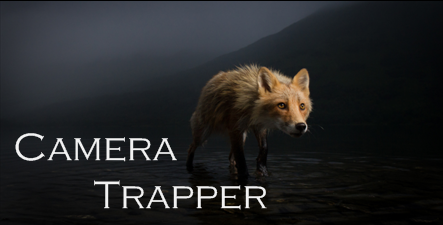-
A few cougars at night
Last winter I dedicated a lot of time tracking and camera trapping cougars in Montana. I needed some additional material for an eBook "course" I was working on. For the images that you see here, I used anywhere from 3-8 speedlights per set. Perhaps one of the most difficult aspects (besides locating areas with the wildlife you are attempting to camera trap) is getting the lighting to look as natural as possible, especially for nighttime images.
In my guide, I dedicate an entire chapter to working with speedlights, including tips and techniques to create the most natural looking light possible. Not only that, but I also cover these topics as well:
*A thorough rundown of camera trap components and gear
* Basic and advanced camera settings
*Working with speedlights to create studio-style lighting
*Powering your equipment
*Commercially available camera trapping gear
*Instructions for building your own camera trap and gear housings
*Scouting techniques for camera trappers
*Basic animal track and sign identification
*Choosing the right location for your camera, and deployment of your camera trap
*Real-world examples of actual camera trap setups in the field, complete with diagrams and results from each set
If you're interested in learning more about the eBook course, you can check it out on my website here:
https://www.zackclothierphotography....trapping-ebook
Lion's-Lair-fb.jpg
A cougar returning to a large natural cavity on a moonlit night. This unique area is used each year by the cats.
_DSC3512-copy-FB.jpg
Cougar returning to feed on a deer carcass cached nearby
_6100035-final.jpg
A cougar skirting a ledge in winter
_6108563-copy-BW-3-copy-FB.jpg
I actually witnessed this cat take down the deer in the picture, while returning one morning to check on a nearby camera
_6108699-copy.jpg
Cougar getting a closer look at my camera
_6109054-copy-FB.jpg
A cougar resting near a deer carcass. Notice the hair plucks scattered about.
Tags for this Thread
 Posting Permissions
Posting Permissions
- You may not post new threads
- You may not post replies
- You may not post attachments
- You may not edit your posts
-
Forum Rules





 Reply With Quote
Reply With Quote
